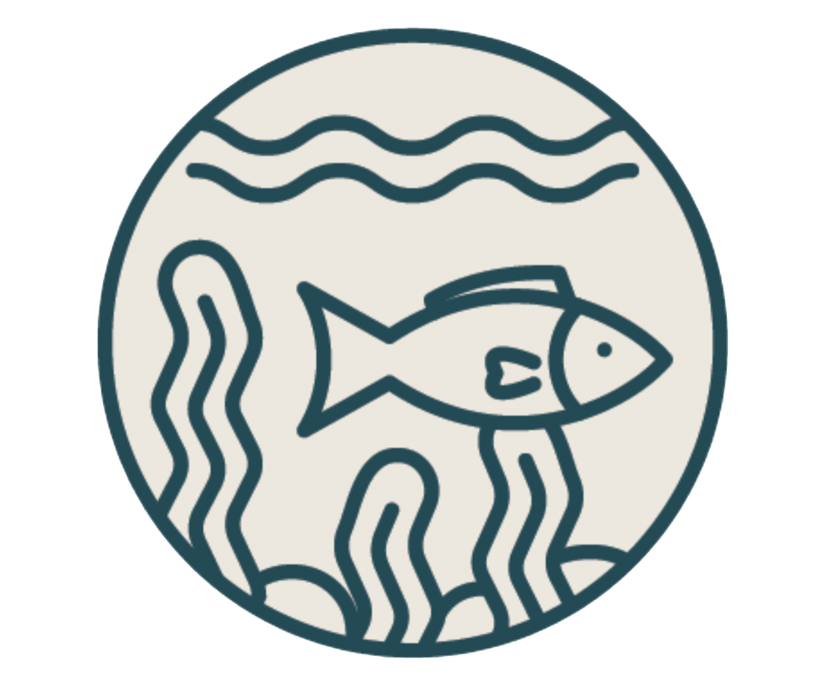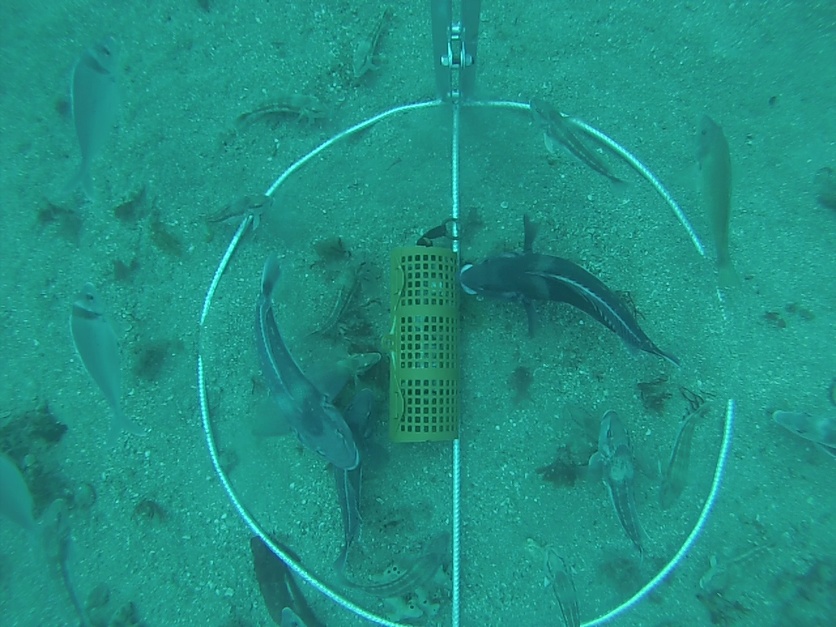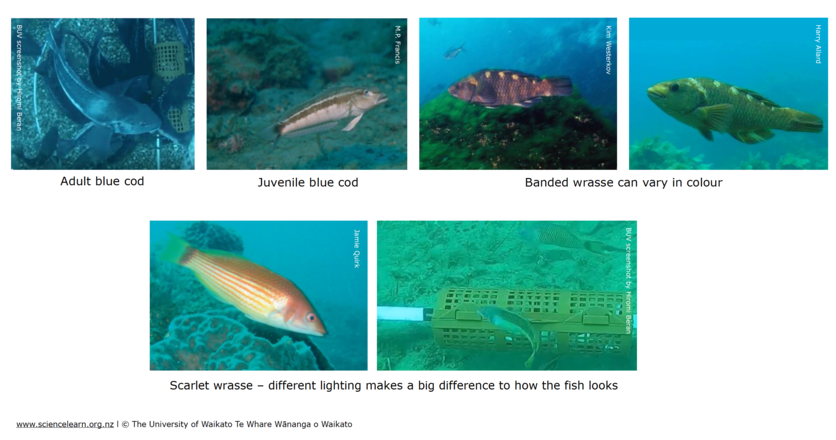Come and visit Aotearoa New Zealand’s underwater world in this online citizen science project. Discover, count and identify unique fish species that live within our marine reserves.
Classifications by citizen scientists will be used to help teach an artificial intelligence tool about fish in Aotearoa. The Department of Conservation will use the information gathered to help determine the effectiveness of marine reserves in Aotearoa and inform future marine management and ways to protect our taonga species.
URL: www.zooniverse.org/projects/victorav/spyfish-aotearoa
Reach: New Zealand
Nature of science focus: Online citizen science (OCS) projects can be used to develop any of the Nature of Science (NoS) substrands. Identify aspects of NoS that your students need to get better at or understand more fully and then frame your unit to be very clear about these things when you do them.
Science capability focus: Gather and interpret data, Engage with science
Science focus: Ecology – fish identification and species distribution, classification
Some suggested science concepts:
- Organisms interact with each other and with their environment.
- Marine environment is an important component of the Earth’s ecosystem.
- Biodiversity is a measure of the number or variety of species present in an area.
- What are keystone species?
- Impact of conservation on a species’ abundance and demography.
- Artificial intelligence needs to be taught by human observations.
Many concepts could be learned – focusing on a few can often be more powerful. Develop your learning outcomes and success criteria from these concepts as well as the Nature of Science strand and the science capabilities.
Some examples of learning outcomes:
Students can:
- develop their classification and observation skills by learning to identify different species
- discuss some of the challenges in collecting data
- describe the limitations and benefits of using artificial intelligence
- discuss the importance of keystone species
- explain how different environments are part of a larger ecosystem
- discuss how changes in one environment impact ecosystems.
So the artificial intelligence tool doesn’t know what these fish look like and so all of us as citizen scientists are going to be helping to educate, to teach the artificial intelligence tool what fish look like and then over time that tool will be able to start doing some of the fish counting for us.
Ben Knight, Guardians of Kāpiti Marine Reserve Trust
This project is best suited for students with good focus and attention to detail from year 6 upwards.
About the Spyfish Aotearoa project
Help the Spyfish team to identify and count species of fish recorded by the cameras in one of these marine reserves: Te Tapuwae o Rongokako Tūhua (off the coast of Tauranga) or Kāpiti Marine Reserve. Note that more marine reserves will be added over time.
Spyfish deploys baited underwater cameras in marine reserves all over Aotearoa New Zealand to monitor the abundance and diversity of marine life. Participants watch 10-second video clips and identify and count fish species.
You can register and sign in but it is not required as you can still classify without signing in. Once you have picked a reserve, you watch the videos and wait for the point in the video when the most individuals of a particular species are onscreen to then pause and count. TIP: watch out for movement. There is a lot of information to help correctly identify fish, including a video tutorial, photos and descriptions of fish species, FAQs and category tabs (shape, spots, stripes, tail size etc.) If you are uncertain, you can ask an expert – just select the ‘Talk’ tab.
The researchers are hoping to get enough data to help answer two main questions:
- Do marine reserves change the population numbers of key species?
- Do marine reserves change the population numbers of key species over time?
This project provides students with the opportunity to be real scientists and to get involved in marine science in Aotearoa. It can be used to help develop observation and classification skills.
Download this Department of Conservation PDF of helpful teacher notes for using the Spyfish online citizen science project with your students.
Related marine resources
We have a huge range of resources to support students and teachers on various aspects of marine science. These include:
- Investigating life in the sea – introduction
- Marine habitats
- Classifying marine organisms
- Marine biodiversity in New Zealand
- Project Hotspot – using citizen science to better protect coastal threatened species
- Seaweek resources
- Topic planners – marine resources
- Sharks and rays facing extinction
In the Connected article Under the sea, explore the various survey methods used by students, scientists and iwi in the Reef Life project.
Activity ideas
We have a variety of activities to help students to get involved in marine science. These include Build a marine food web, Making and using a quadrat, Hiding in plain sight and Introducing biodiversity.
Department of Conservation marine infographics
The Hub teamed up with the Department of Conservation to host marine infographics that illustrate and explain key science ideas surrounding habitats, biodiversity and establishing special reserves:
- New Zealand marine habitats
- Threats to marine habitats
- Areas of marine ecological importance
- Mussel reefs and biodiversity
Using artificial intelligence
Artificial intelligence is used in a number of citizen science projects – see some examples:
- Invasive animals in cities (see the related case study and unit plan)
- AI4Mars
- Planet Four
The MĀUI63 tracking drone also uses artificial intelligence to find, follow and provide information to protect the last remaining Māui dolphins.
Citizen science
Use Marine Metre Squared to monitor your local marine environment by collecting information about the diversity and abundance of the living organisms that exist between low and high tides.
Scientists also need help processing large numbers of images with these projects:
Here are some planning tips for when you intend to use a citizen science project with your students. See these helpful webinars: Getting started with citizen science and Online citizen science.
Useful links
Watch the YouTube video Spyfish Aotearoa – identifying and counting fishes for an introduction to the project.
Find out how your Spyfish classifications will help drive marine conservation research here.
Listen to Dr Monique Ladds from the Department of Conservation who leads this programme talking to RadioNZ about the Spyfish project.
Learn more about marine biodiversity and the marine reserves of Aotearoa on the Department of Conservation website.
The project used Coastal Fishes of New Zealand – an identification guide by Malcolm Francis. Look out for this book online or at public libraries.
See Wildlife.ai – using artificial intelligence to help wildlife conservation.
In May 2022 the report Artificial intelligence for the environment in Aotearoa New Zealand was published.
Acknowledgement
Thank you to Shanthie Walker, Department of Conservation and Victor Anton, Wildlife.ai, for their help with this article.



